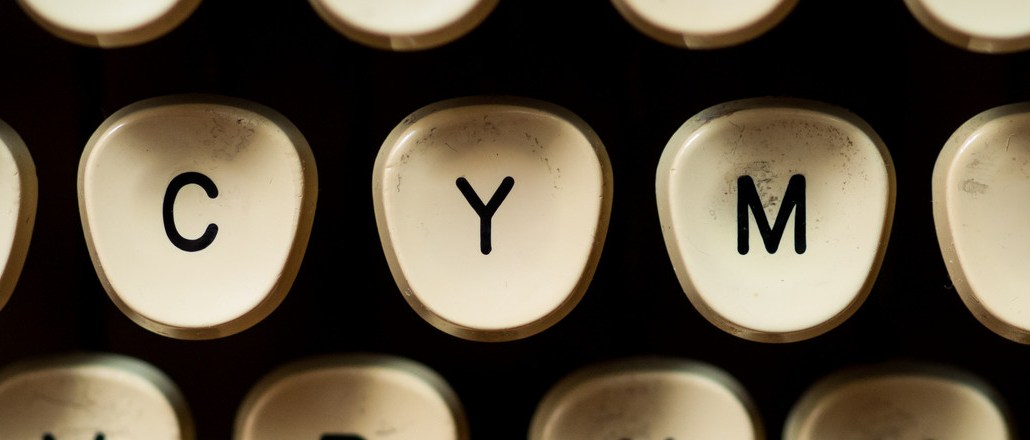Save 50% on a 3-month Digiday+ membership. Ends Dec 5.
Best of the week: Publishers warm up to AMP, marketers cool on influencers

As a nation fell in — and out — of love with a certain Kenneth Bone this week, it was business as usual at Digiday.
Highlights of the week included a piece on publishers warming to Google’s fast-loading mobile pages program, AMP, why there may be a looming influencer bubble, how all of us can learn from McDonald’s YouTube faceplant and why you should stop treating online video views and TV viewership numbers as the same thing. If you missed it the first time around, it’s still new to you.
Can you see me now?
Don’t count out the power of the “What time does the Super Bowl start” and other SEO tricks just yet, cautions Lucia Moses. Facebook may have been all the rage these past few years, but now there’s a renewed focus by publishers on Google search. Facebook has turned out to be a fickle partner, and Google’s own shifting algorithm and demands of AMP, its fast-loading mobile pages initiative, have had publishers stepping up their search game. Publishers like Rodale are focusing on keeping search traffic healthy “so when Facebook changes its algorithm, while it hurts, it doesn’t cripple us,” COO Beth Buehler said.
Apples, meet oranges
A year ago, Yahoo became the first company to live stream a regular-season NFL game all around the world. The broadcast netted 15.2 million unique viewers worldwide. With most Sunday NFL games in the U.S. averaging 10 million to 20 million viewers, Yahoo seemed to have hit a TV-sized NFL audience.
Except it didn’t. If you were to measure Yahoo’s live stream the same way TV is measured, the viewership was far smaller: an average of nearly 2.4 million viewers across the 195-minute live stream.
This, in a nutshell, is the biggest difference between how viewership is defined on TV versus the web: Whereas TV looks for the average number of viewers across the entire program, the web prioritizes the cumulative number of people who have watched a video.
Influencer shrinkage
Tech companies are springing up to connect brands with “micro-influencers,” social media users with niche audiences as low as 100 people. But not everyone agrees that good things come in small packages. One influencer agency exec says the micro-influencer bubble is about to burst: Most are in it for the wrong reasons. And while £50 per post might seem cheap, in the long run, it’s a waste of brands’ money.
Ad position: web_incontent_pos1
Learning from McFailure
McDonald’s launched its spin-off YouTube channel, Channel Us, last July. But just one year on, it pulled the plug.
Fronted by YouTube personalities Oli White and Hazel Hayes, the channel had featured career-centric videos on topics from becoming a vlogger to creating a fashion show. Its aim had been to target, you guessed it, the 16-to-24-year-old demographic. But the young audience faded. While its all-time high was 758,000 views, only one video in 2016 topped 1,000.
McDonald’s, which did not respond for comment on this story, has chalked the channel’s failure up to the difficulty of making content in a crowded space. Not all brands are capable of attracting a following, according to Peter Csathy, founder of Creatv media.
“Only obvious lifestyle brands have the real potential to succeed with their own channel and OTT opportunity,” he said. “Red Bull is the poster child here in terms of doing it right.”
For brands that can’t lay claim to a specific lifestyle, he added, they’d be better off leveraging existing channels and creators.
Ad position: web_incontent_pos2
What we talk about when we talk about ad blocking whitelists
The AdBlock Plus whitelist program has been a lightning rod of controversy within the publishing industry ever since it debuted in 2011. But despite how often the whitelist is written about, it isn’t entirely clear to many people how the process behind it works, reports Ross Benes. Here we explain what we know and don’t know about how an ad gets whitelisted. According to one publisher, the screening is “sort of an art of what’s allowed and what isn’t.”
Up next
To get you ready for next week’s stories today, here’s an audio preview of a few of Monday’s headlines: Snapchat’s sales team is out making house calls, marketers react to Twitter’s new carousel ad-unit and publishers anonymously share their biggest tensions with ad tech companies.
More in Media

Digiday+ Research Subscription Index 2025: Subscription strategies from Bloomberg, The New York Times, Vox and others
Digiday’s third annual Subscription Index examines and measures publishers’ subscription strategies to identify common approaches and key tactics among Bloomberg, The New York Times, Vox and others.

From lawsuits to lobbying: How publishers are fighting AI
We may be closing out 2025, but publishers aren’t retreating from the battle of AI search — some are escalating it, and they expect the fight to stretch deep into 2026.

Media Briefing: Publishers turn to vertical video to compete with creators and grow ad revenue in 2026
Publishers add vertical video feeds to their sites to boost engagement, attract video ad spend and compete with news creators.
Ad position: web_bfu